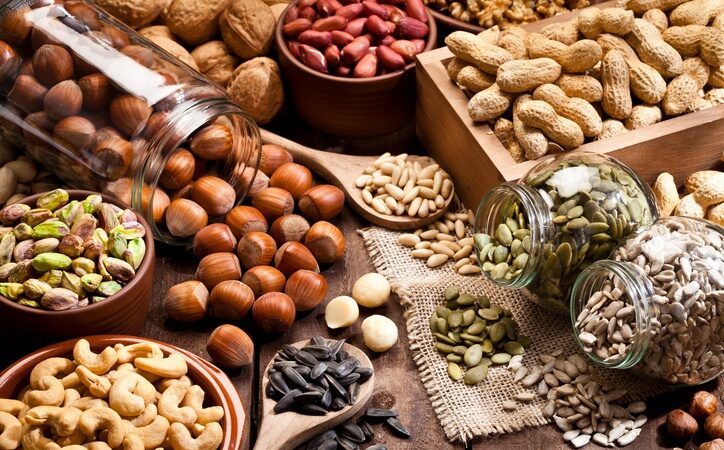Subscribe to our newsletter
Receive news and benefits on health and wellness.

SHA Magazine Healthy Nutrition
Ever since we start learning about nutrition, we’re told that animal protein is one of the most important pillars of a healthy and balanced diet. The truth is that protein is a crucial component of our body, as our cells contain thousands of protein molecules. They carry out nearly every biological role in the body, from repairing, building and strengthening bone, tissue, skin, hair and nails, as well as carriers of hemoglobin, enzymes and hormones.
Whilst protein is essential for our health, the biggest myth that surrounds this is that the only source comes from animal derived products. This couldn’t be further from the truth. Plant-based foods are also rich in protein and can completely cover the protein intake our body needs.
Proteins are made up of 20 amino acids, of which 9 of these, our body isn’t able to synthesize on its own and can only obtain them through food; these are called essential amino acids. The misconception is that you can only find essential amino acids in animal foods, however, plant-based foods also contain complete proteins and in fact, studies show that those who follow a vegetarian or vegan diet meet their protein requirements and even exceed them.
In order to get all the essential amino acids your body needs, you can eat foods that contain all nine of them, like quinoa and buckwheat, or ones that don’t contain all essential amino acids but when combined with other protein rich foods, provide all the 9 amino acids that the body needs.
The foods that aren’t complete proteins should be combined with other plant-based proteins to cover the 9 essential amino acids. For example, if you’re eating lentils, you should later on in the day eat a handful of nuts, or if you’re having a meal with beans, combine them with brown rice and a handful of nuts and seeds later on in the day. A great food combination is hummus, as it contains chickpeas (non-complete protein) and sesame seeds (non-complete protein), and together covers all 9 essential amino acids.
The trick is to have a varied and balanced diet that is rich in legumes, grains, nuts and seeds as well as greens, to insure that you’re eating a wide variety of vitamins, minerals and amino acids.
Eating a plant-based diet can provide many health benefits, from reaching an optimal weight, lowering blood pressure and cholesterol levels, balancing blood sugar levels, as well as lowering the risk of type 2 diabetes, obesity, cardiovascular disease and cancers.
Whether you’re considering going plant-based or simply want to improve your health, replacing animal protein with plant-based protein will provide very positive affects to your health and wellbeing.
Receive news and benefits on health and wellness.
